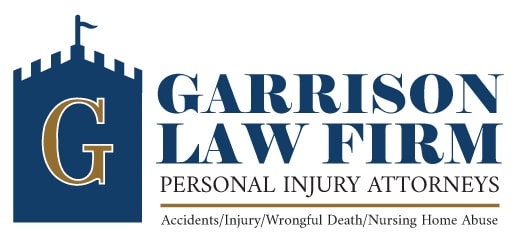A personal injury case occurs when someone suffers harm from an accident or injury and another person is held legally responsible. Families all across the United States are affected by personal injury incidents. This means they have gotten injured at no fault of their own.
The most common type of personal injury cases in the country is vehicle collisions. In fact, six million Americans are injured every year in automobile accidents. Other types of common personal injury cases include dog bites, slip and fall accidents, and medical malpractice.
Personal injury incidents cause all kinds of injuries from broken bones to traumatic brain injuries. Some personal injury incidents even result in death. Just because someone gets injured as a result of someone else’s wrongful conduct, doesn’t mean that the injured person will win a personal injury case.
Like all other types of legal cases, personal litigation requires sufficient evidence in order for the person at fault to be held legally responsible. Not just any type of evidence will do, however. The evidence to win a personal injury case must be more convincing than the other party’s. This is called a preponderance of evidence.
Physical Evidence
When someone gets injured at no fault of their own, they need to start gathering evidence right away. One of the first types of evidence they need to gather is physical evidence. This type of evidence is something that a person can see or touch. If the event had witnesses, get statements from them as soon as possible.
An injured person should also write down a narrative of the accident. The longer a person waits, the harder it is to recall certain details and information. Even if the injury is not severe, the injured person needs to see a doctor. When someone doesn’t go to the doctor, it creates the perception that they weren’t really hurt.
Going to the doctor is the only way to gather medical evidence, which includes:
Chart notes from a health care professional about the injury.
Surgical notes if surgery was necessary to treat the injury.
Emergency room medical records.
Results from lab work and diagnostic testing, such as x-rays and CT scans.
Notes from physical therapists or other types of health care professionals that provided treatment.
Receipts for prescription medications necessary to treat the injury.
Statements from witnesses, a written account of the accident, and medical records are all considered physical types of evidence. Other types of physical evidence include photographs and video footage of the accident scene and the injury.
If clothing was torn or stained with blood, having the actual clothing as physical evidence, and not just photographs, is also helpful. Police reports and public records are considered physical evidence as well.
Circumstantial Evidence
Along with physical evidence, an injured person will want to gather as much circumstantial evidence as possible. This type of evidence can help to prove the facts through reasoning or by proving that certain circumstances caused the injury to occur. This type of evidence is often referred to as indirect evidence.
Even though circumstantial evidence cannot actually be seen or touched, it is still a vital element in a personal injury case. In fact, circumstantial evidence is often just as important as physical evidence in personal injury cases.
This is especially true when circumstantial evidence helps the judge and jury reach a certain conclusion. When this happens, it’s very possible to win a personal injury case based on circumstantial evidence.
More Important Information about Evidence
Make sure you gather as much evidence as possible within the first couple of days of when the injury took place. Also, the person filing the personal injury claim should not alter the evidence in any way. A person in a car accident might be tempted to get their car fixed, but it’s better to leave it damaged until the personal injury case is over.
If you can’t leave the car in its damaged state, a photo that includes a timestamp is acceptable. Along with gathering evidence to show what caused the injury, it’s important to collect evidence that the injury has caused a decrease in the quality of life.
For example, if the injured person can no longer work full time, pay stubs that reflect this would show that the injured person cannot work as much as they used to. Circumstantial evidence isn’t as easy to gather. This is why you need to have a good personal injury lawyer who can help their plaintiff attain solid circumstantial evidence.
When it comes to gathering both physical and circumstantial evidence, a personal injury lawyer can help the injured party know what kind of evidence is necessary and how to go about collecting such evidence.
If you have been injured and it’s someone else’s fault, contact Garrison Law Firm. Our personal injury attorney will provide professional advice that ensures you receive adequate compensation for your injury.


